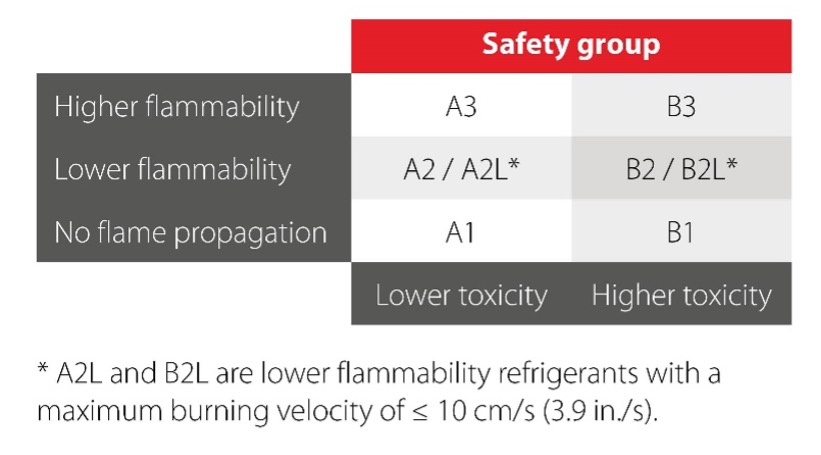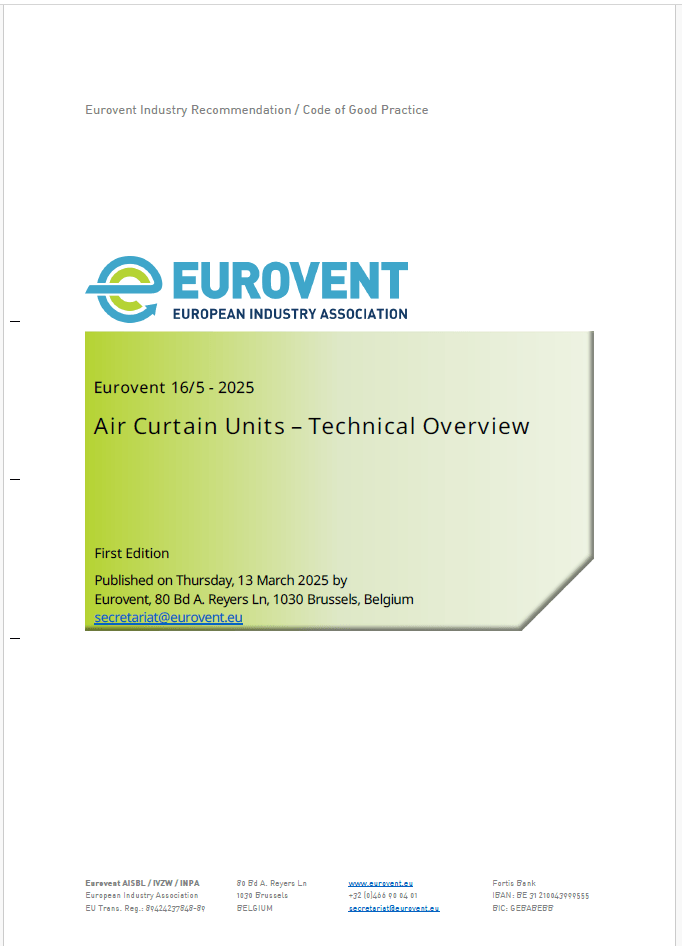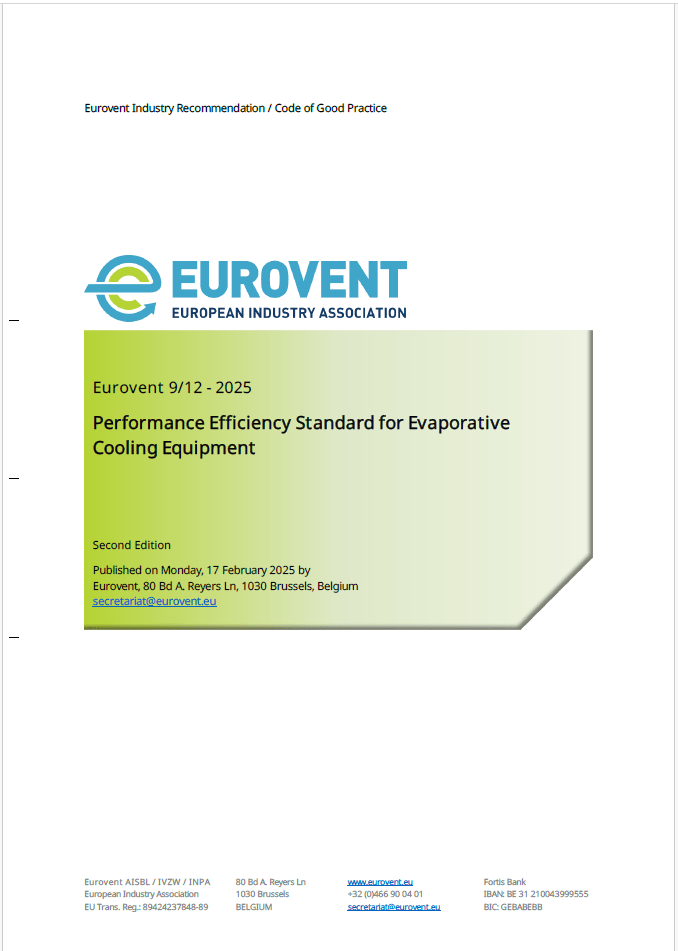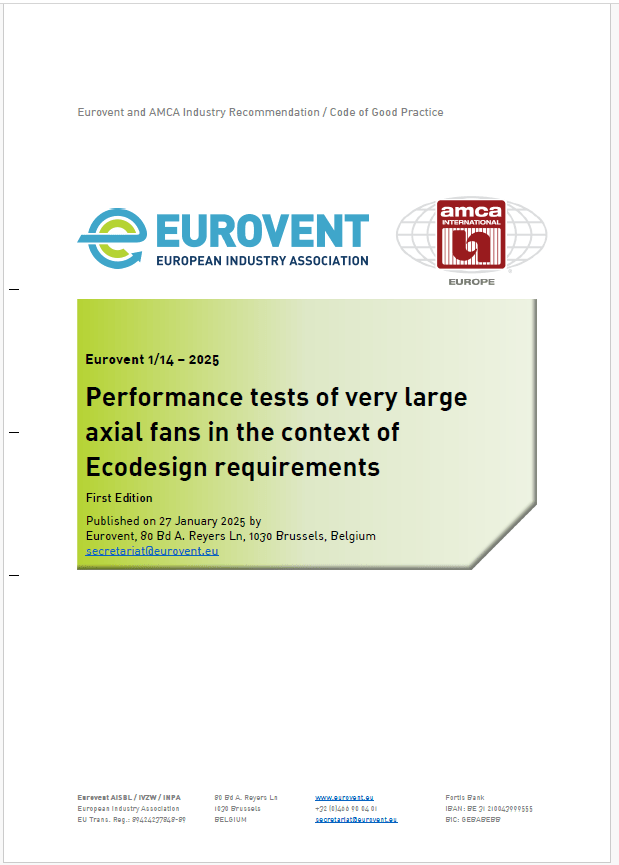EU F-Gas regulation is forcing many refrigeration system manufacturers, installers, and specifiers to switch to alternative refrigerants with reduced Global Warming Potential levels for commercial applications. This article can help you assess alternative flammable and non-flammable refrigerants and make an informed choice.
As the F-Gas regulation impacts refrigerant price and availability, those in charge of designing, installing or operating cold rooms and other commercial refrigeration solutions in Europe are left with several critical questions they must answer:
- What is the impact on our operations?
- What is the best replacement for my current refrigerants?
- Which solutions will best suit our applications over the long term?
The key regulations impacting commercial refrigeration applications
In 1989, the Montreal protocol came into effect. The first phase-down legislation of its kind, it forced companies to avoid using substances that would deplete the ozone layer and to phase out HFC such as R22. The Montreal protocol proved to be a success, with the ozone layer now slowly recovering. And since then, several other phase-down regulations have been brought in to combat substances with a high Global Warming Potential (GWP).
We have the Kigali amendment to the Montreal Protocol, which is set to come into force at the beginning of 2019. But more pressing for commercial refrigeration application HVAC-R professionals to comply with is the EU’s recent F-Gas regulation, which has been in force across the European Union since 2015. The F-Gas consists of three main elements:
1. Service on already installed equipment with a GWP over 2500
From 2020 onwards, only recycled refrigerants can be used for servicing. From 2030 onwards, no service is allowed outside these exceptions:
- When the refrigerant charge is less than 40 tonnes CO2 eq. (or 10.2kg for R404A)
- When temperatures are below -50 ̊C
- When military equipment is involved
2. A ban on the use of F-Gases in many types of equipment
Different refrigeration equipment will have GWP limits placed on the refrigerants installers and manufacturers can use with them. Rolling out in phases until 2025, these restrictions apply to both domestic refrigerators and freezers, through to commercial refrigeration and air conditioning solutions.
| Ban on new equipment: | Conditions/ GWP limit | From: 1 January | Main consequences |
|---|---|---|---|
| Commercial Refrigerators and Freezers, hermetically sealed (Ban 11). E.g.: Commercial fridges & freezers in restaurants, clip-on cold rooms, vending machines, etc. | ≥ 2500 | 2020 | Ban R404A/507. Alternatives e.g. R448A, R449A, R134a, R450A, R513A, HFO and HC (R290) |
| ≥ 150 | 2022 | Ban R448A, R449A, R134a, R450A, R513A, R134a. Alternatives: HFO and HC (R290) | |
| Stationary refrigeration equipment for temperatures above +50˚C (Ban 12). E.g.: Remote condensing unit cold rooms, milk cooling tanks, etc. | ≥ 2500 | 2020 | Ban R404A/507. Alternatives e.g. R448A, R449A, R134a, R450A, R513A, HFO, HC (R290), CO2 |
| Multipack centralised refr. systems for commercial use with capacity ≥ 40kW | ≥ 150 and ≥ 1500 for prim. circ. of cascades | 2022 | Bans traditional HFC, except R134a in cascades. Alternatives: HFO, HC, CO2 |
Table 1: F-Gas schedule & GWP limitations by equipment type
3. A phase down of HFC refrigerants in the market
As part of its push to reduce the impacts of global warming, F-Gas calls for a phase down of CO2 equivalent tons of all new refrigerants placed on the market. During 2017, the regulation called for a 7% reduction in equivalent tons of CO2. By end of 2018, it requires a 37% reduction.
What are the alternative options?
Between the changes to servicing and the stringent requirements for CO2 reduction required by F-Gas, it’s clear that many common refrigerants today cannot be used in cold rooms and other self-contained commercial refrigeration applications over the long term.
However, selecting an alternative to current high-GWP refrigerants can be a challenge. In the following sections, we will give advice on alternatives to popular, non-flammable refrigerants and offer additional models with flammable refrigerants that can guide commercial refrigeration equipment installers and OEMs make the right choice.
A1 class, non-flammable suitable alternatives to R404A and R134a
In Europe, because of its high GWP, R404A will soon be unsuitable for many applications as a part of the F-Gas regulation. Same restrictions will apply to the R134a in self-contained units from 2022.
As we see the market today, the main non-flammable replacements are:
Suitable replacements for R404A/507 |
|---|
| R448A, R449A, R449B, R452A, R407A/F/H |
| Suitable replacements for R134a |
| R513A, R450A |
| Note: in stationary equipment (ban 12) R134a is still an acceptable refrigerant. |
To retrofit R404A/R507, R134a systems, using new A1 refrigerants with lower GWP, eliminates the need to double-check requirements that come with flammable refrigerants. However, there are still some points of attention the HVAC-R professionals need to investigate (see box below).


A2L/A3 classes, flammable options for longer term choice
For those choosing a long-term solution, more sustainable alternatives to R404A/ R134a are needed.
However, there is an inverse correlation between a refrigerant’s GWP and its flammability. Many ultra-low GWP refrigerants also have a higher flammability classification than R404A— potentially requiring a different approach to system design and installation.
For those that will consider a flammable refrigerant to comply with F-Gas, propane, or R290 (A3 class), can be a strong replacement for R404A. With a GWP of just 3, R290 is compliant with both current and upcoming F-Gas rule – across all equipment types. R600a (iso-butane) is already widely used as R134a replacement in small hermetic systems.
A2L refrigerants – so-called mildly flammable refrigerants – like R454A, R454C or R1234yf or R455A can be interesting low GWP alternatives to R404A and R134a.
That said, if you have specific needs and requirements from your refrigerant, you may need to investigate other flammable refrigerant options.
Understanding flammability classifications
All refrigerants are given a classification code consisting of a letter and a number. For example, R290 is a class A3 refrigerant.
The letter represents the toxicity of the refrigerant, with “A” being a low toxicity substance and “B” being a higher toxicity substance.
The number represents the flammability of the refrigerant, with “1” being non-flammable, “2” being mildly flammable, and “3” being highly flammable. “2L” is an additional classification referring to refrigerants that are mildly flammable, but with a burning velocity of max 10 cm/s.


ASHRAE Standard 34: 2010
Refrigerant charge limitations in EN 378:2016
When considering an alternative refrigerant, F-Gas is not the only regulation you need to keep in mind. The European Committee for Standard’s EN 378:2016 (or worldwide ISO 5149/2014) safety standard will also influence your potential refrigerant options based on the location of your equipment. Also, for the safety of household or commercial refrigeration appliances with integrated or remote compressor or condensing unit such as bottle coolers, vending machines, etc, then the IEC 60335-2 series standard is applied.
Focusing on the EN 378, then the main part of the standard we need to consider is the charge limitations it puts in place, as these can be quite stringent based on the location of equipment, access to it, refrigerant used, and its application. Based on these factors, you may have to consider different refrigerants or equipment and system designs to reduce charge.
Calculating charge limits
To calculate the charge limit for your system, you’ll first need to identify certain characteristics and classifications for your chosen refrigerant and equipment:
Step 1. Find which access category applies to your equipment
There are three access categories based on where your equipment is installed:
Code A | Code B | Code C | |
|---|---|---|---|
Category | General access | Supervised access | Authorized access |
Characteristics | Buildings that house sleeping facilities, places where movement is restricted, or a location where anyone may enter without knowledge of necessary safety information. | Buildings where only authorized personnel with full knowledge of safety precautions may enter. | Businesses and office spaces, laboratories, and manufacturing plants. |
Example | Hospitals, courts or prisons, theatres, supermarkets, schools, university halls, public transport, hotels, dwellings, and restaurants. | Businesses and office spaces, laboratories, and manufacturing plants. | Staff-restricted areas in supermarkets, food and beverage manufacturers, refineries, chemical plants, dairies, and abattoirs. |
Step 2. Find which location classification applies
There are four location classes based on where particular refrigeration components operate:
- Class I: all refrigerating-containing parts and systems are in the occupied space
- Class II: compressors and pressure vessels are in a machinery room or in open air
- Class III: All refrigerant-containing parts are in an EN 378-3 compliant machinery room or in open air
- Class IV: All refrigerant-containing parts are in an EN 378-2 and EN 378-3 compliant ventilated enclosure
Step 3. Find which refrigerant classification applies
As explained in the chapter above: Understanding flammability classifications, all refrigerants have a classification that identifies their toxicity and flammability.
To work out the maximum charge limit, you will need to know the classification of the refrigerant you’ll be using, as well as its Acute Toxicity Exposure Limit (ATEL) and Lower Flammability Level (LFL).
Once you’ve found this information, you can begin calculating charge limits based on toxicity and flammability limits.
Step 4. Calculating toxicity limits
For non-human comfort applications:
- Class A_ refrigerants typically have no charge limits
- Class B_ refrigerants have toxicity limits for each individual refrigerant outlined in the EN 378 standard
Step 5. Calculating flammability limits
Different calculations apply for each refrigerant flammability classification. The examples of calculations to the right are all based on equipment being used for commercial applications.
EN 378: 2016 | Compr & vessel indoors | Refrig equipment indoors Compr & vessel outdoors | Machinery room or open air | Ventilated enclosure |
|---|---|---|---|---|
| General access e.g. schools, hotel, hospitals, theatres | 20% x LFL x room volume | No limit | Max Max | |
| Supervised access e.g. professional offices, general manufacturing sites | Not more than 11,3 kg R454C | 20% x LFL x room volume | ||
| Authorised access e.g. production of chemicals, food, … Refineries, non-public areas in supermarkets | ||||
EN 378: 2016 | Compr & vessel indoors | Refrig equipment indoors Compr & vessel outdoors | Machinery room or open air | Ventilated enclosure |
|---|---|---|---|---|
| General access e.g. schools, hotel, hospitals, theatres | Only sealed systems. 20% x LFL x room volume | 5 kg | Max Max | |
| Supervised access e.g. professional offices, general manufacturing sites | 20% x LFL x room volume | 10 kg | ||
| Authorised access e.g. production of chemicals, food, … Refineries, non-public areas in supermarkets | 20% x LFL x room volume | No limit | ||
Above ground: not more than | Above ground: | |||




















